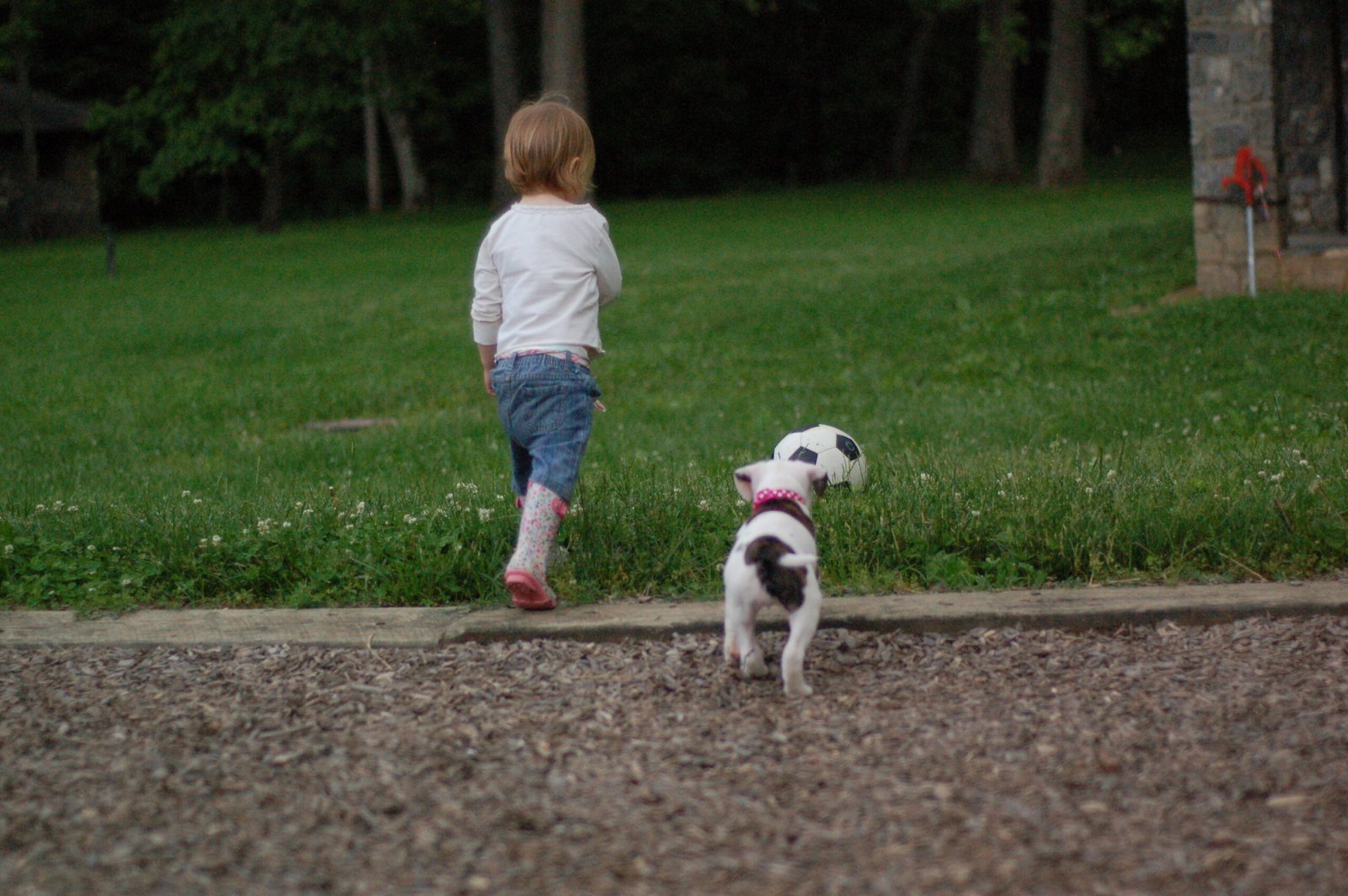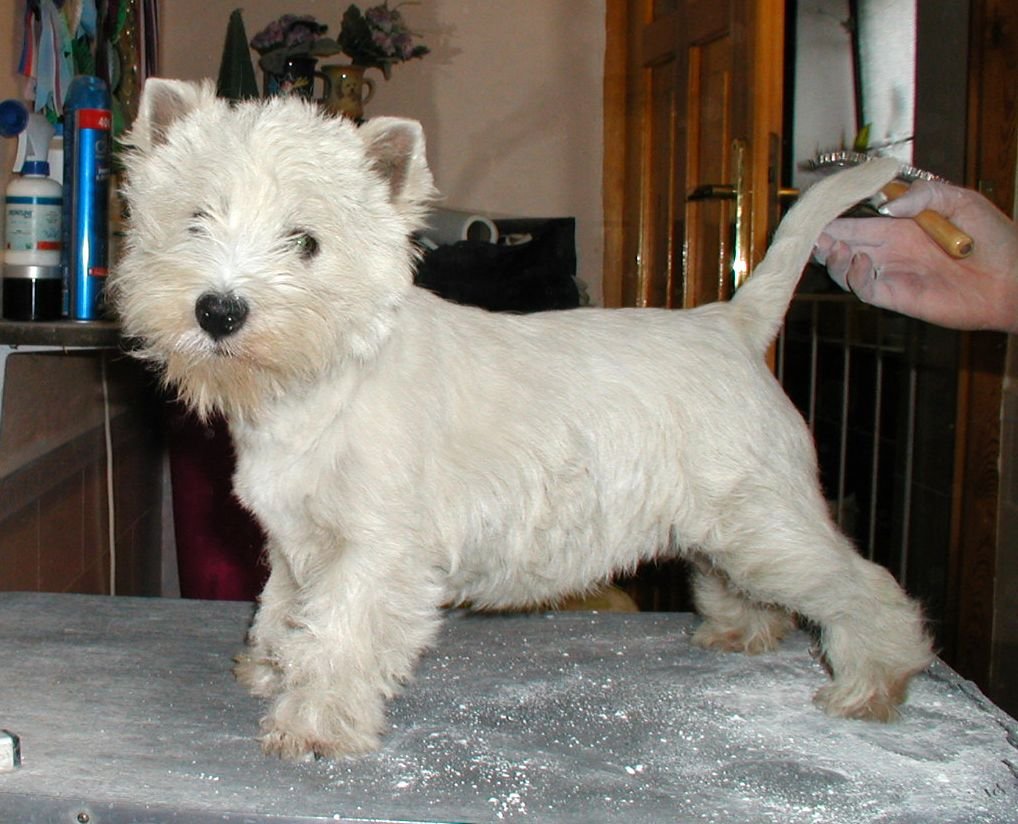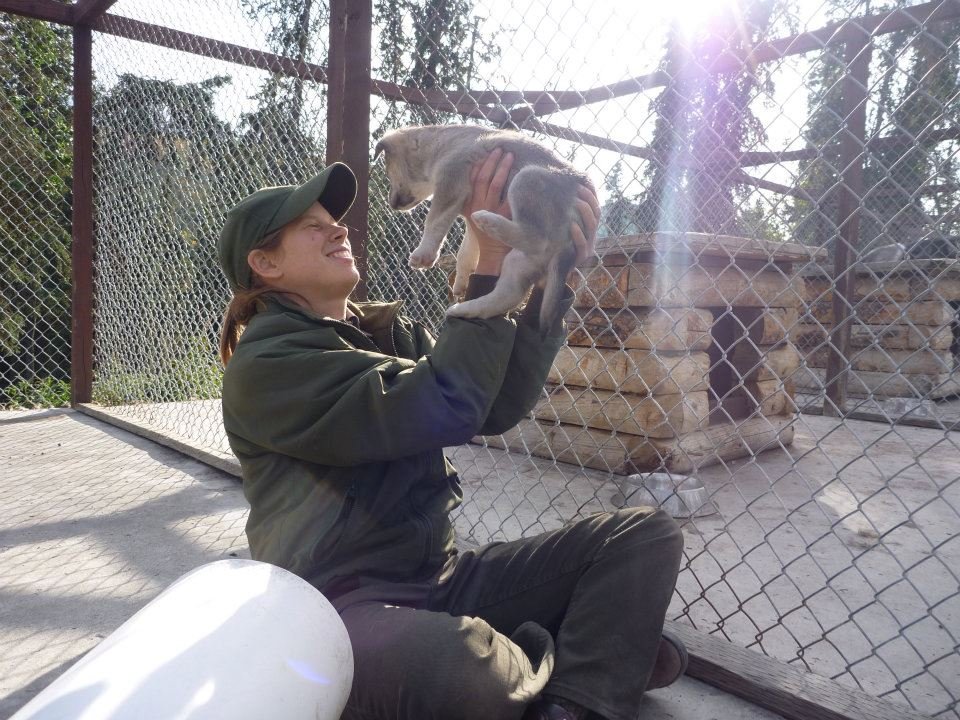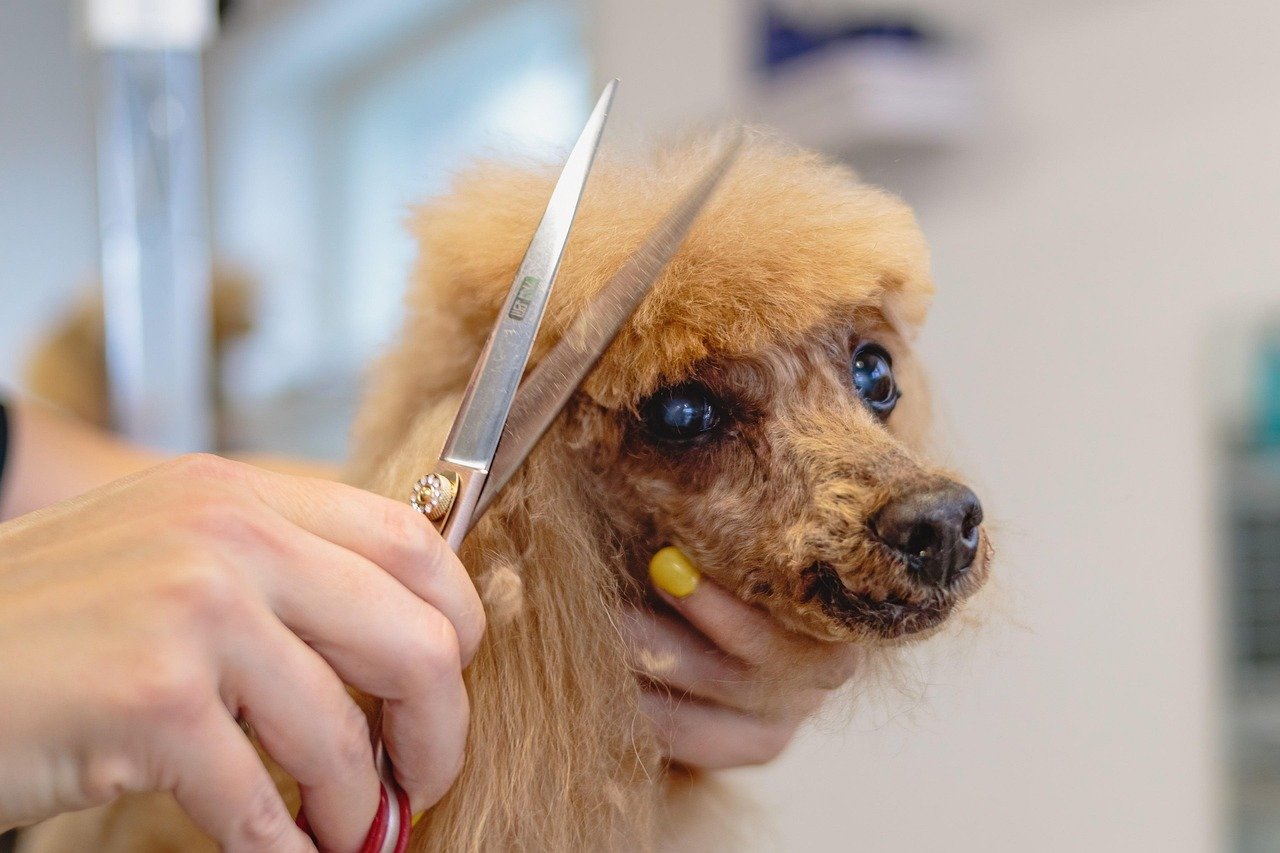Have you ever struggled to trim your puppy’s nails or clean their ears, only to be met with a squirming, fearful ball of fur? You’re not alone. Many new puppy owners are surprised when their adorable companions shy away from simple touch or grooming. The truth is, handling isn’t always natural for dogs, but with some patience and understanding, you can help your puppy become comfortable with being handled—and even enjoy it! Imagine stress-free vet visits, easy grooming sessions, and joyful cuddles. Sounds wonderful, doesn’t it? Let’s dive into how you can make this your reality.
Understanding Why Puppies Resist Handling
Puppies, like people, have their own comfort zones. For many, being picked up or touched in certain places can feel strange or even scary. This reaction is often rooted in instinct—wild animals need to be cautious about touch for survival. Some puppies may have had less human contact early on and simply aren’t used to it yet. Others might have had a negative experience, like a painful vaccination or rough handling, leaving them wary. Recognizing that this resistance is natural and not a sign of bad behavior is the first step. Your puppy needs time and gentle encouragement to learn that hands are friendly, not frightening.
Starting Early: The Importance of Puppy Socialization

The best time to help your puppy get used to being handled is during their critical socialization window, usually between 3 and 14 weeks of age. During this stage, puppies are like little sponges, soaking up new experiences with curiosity. Introducing gentle handling now can help prevent fear later. This doesn’t mean rough play or overwhelming your puppy with touch; it means soft, positive interactions that build trust. Even if your puppy is a little older, it’s never too late—just go slower and be patient. Think of socialization as teaching your puppy the world is safe, one gentle touch at a time.
Creating a Calm and Safe Environment

Before you begin any handling exercises, make sure your puppy feels safe and relaxed. Choose a quiet spot away from loud noises or distractions. Sit on the floor to be at your puppy’s level, and let them come to you if they want. Speak in a soothing voice and use slow, gentle movements. Avoid hovering over your puppy, as this can feel intimidating. If your puppy seems nervous, give them space and try again later. Remember, a calm environment lays the foundation for positive experiences with handling.
Using Positive Reinforcement: Treats and Praise
Positive reinforcement is your secret weapon! Whenever your puppy allows you to touch their paws, ears, or tail, immediately reward them with a tasty treat or enthusiastic praise. This teaches your puppy that being handled brings good things. Start with brief touches—just a second or two—and reward each time. Gradually increase the duration as your puppy grows more comfortable. If your puppy pulls away or seems stressed, don’t force it. Go back to shorter sessions and build up slowly. Consistency is key; make every interaction as positive as possible.
Handling Different Body Parts: Step by Step

Puppies may be more sensitive about certain areas, like their paws, mouth, or tail. Begin by touching less sensitive spots, like the shoulders or chest. Once your puppy is comfortable, move on to gently holding their paws, lifting their ears, or examining their mouth. Always pair each touch with a treat or praise. This step-by-step approach helps your puppy learn that every part of their body can be touched safely. Over time, these little exercises will make nail trims, teeth brushing, and even vet exams much less stressful.
Teaching Your Puppy to Be Picked Up

For many puppies, being lifted off the ground is a strange sensation. Start by gently placing your hands under your puppy’s belly or chest and giving a small lift, just an inch or two. Reward them with treats or a happy voice. Gradually increase the height as your puppy gets used to the feeling. Make sure each lifting experience is calm and never forceful. If your puppy squirms or panics, lower them gently and take a break. With patience and practice, your puppy will soon associate being picked up with safety and rewards.
Making Grooming a Pleasant Routine

Grooming is often a source of anxiety for puppies, especially if they’re not used to being brushed or having their nails clipped. Turn grooming time into quality bonding. Let your puppy sniff the brush or nail clippers before using them. Start with short grooming sessions, even just a few strokes, followed by a treat. Gradually increase the time as your puppy relaxes. Keep sessions upbeat and end on a positive note, even if you don’t finish the whole job. The goal is to create happy associations with the tools and the process.
Preparing for Vet Visits and Medical Handling

Trips to the vet can be overwhelming, with unfamiliar smells and lots of handling. Practice gentle restraint at home—holding your puppy still for a few seconds, touching their ears, opening their mouth—so these actions aren’t scary at the clinic. Use treats or a favorite toy to reward calm behavior. Some owners even visit the vet just for a friendly weigh-in or a treat from the staff, turning the clinic into a place of positive experiences. The more you prepare at home, the less stressful vet visits will be for both you and your puppy.
Reading Your Puppy’s Body Language
Learning to read your puppy’s body language is essential. Signs of stress include yawning, lip licking, turning away, or tensing up. If you notice these signals, pause and give your puppy a break. Forcing handling when your puppy is scared can set back your progress. On the other hand, relaxed body language—soft eyes, wagging tail, leaning into your touch—means your puppy is comfortable. Respond to your puppy’s cues with empathy and patience, and you’ll build a stronger bond of trust.
Building Confidence Through Patience and Consistency
Helping your puppy become okay with handling is not a one-time event; it’s a journey of small, daily steps. Be patient and keep sessions short and sweet. Celebrate every little victory, whether it’s a calm response to a new touch or a relaxed grooming session. The more consistent and gentle you are, the more confident your puppy will become. Remember, you are your puppy’s guide in a world full of new experiences—and with love, patience, and positive reinforcement, you can help them feel safe and happy in your hands.






